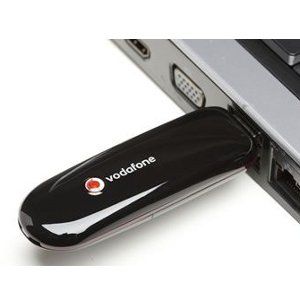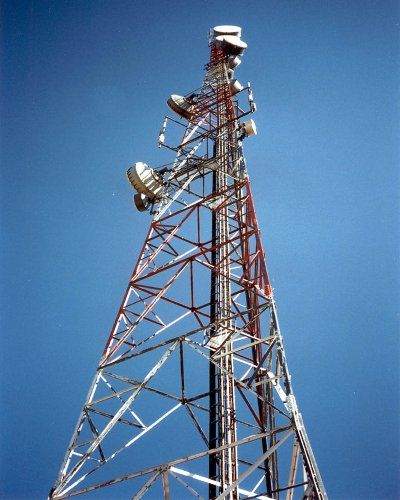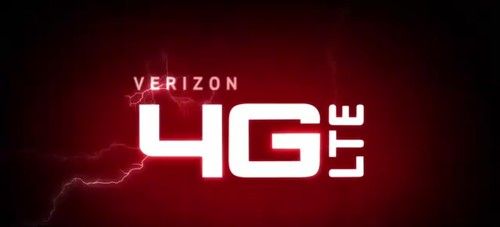Connecting to the Internet was once all about big honking cords. The cords might be telephone lines, or cable lines, or FiOS lines specifically installed for Internet service, but the running theme is a line of wire connecting you to the Internet.
Today, that’s not always the case. Mobile broadband is becoming ubiquitous in major urban centers, and usually available in towns of moderate population and near major transportation hubs. There are many different kinds of mobile broadband, however – and it’s not always clear how they work.
Mobile Broadband Basics
Although there are different technologies used to bring mobile broadband to you, there is one particular technology that forms the basis of them all – radio.
Your device receives signals from a nearby tower, and beams a signal back. Information is transferred in much the same way as it would be transferred between your home wireless router and a laptop computer with 802.11 WiFi, although the scale is obviously much different. Obviously, this means you’ll enjoy the prime advantage of all wireless communications standards – mobility. You can use your mobile broadband device while walking around town or visiting a friend’s house.
The disadvantages are present as well, however. Mobile broadband signals are subject to interference from obstacles and other signals. The power and frequency of the signal makes obstructions less of an issue, but it’s still there. Also, a reduction in signal quality might increase latency and will usually reduce bandwidth, so while mobile broadband may quote a certain maximum, your device’s ability to reach it will vary depending on your location.
Learning the Language – 3G, 4G & Beyond
Radio may be the basis of all mobile broadband, but it’s rarely referenced by that antiquated term (this is the 21st century, after all!). Instead, exciting new abbreviations have been invented.
Most common among these are 3G and 4G. These terms represent new standards of wireless technology set down by the International Telecommunication Union. In the case of 3G, the standard calls for a peak data rate of at least 200 kbit/s. According to ITU standards, 4G technology requires a 1 Gbit/s connect for devices like smartphones.
If you own a 4G device, this fact might have you scratching your head. After all, you can buy 4G capable devices right now, but they don’t offer bandwidth anywhere near 1 Gbit/s. That’s a great point, and it’s true that those devices don’t actually meet the original requirements of 4G. The service is substantially quicker than 3G, however, so the 4G label is slapped on as a marketing tool to make it easy for consumers to know the difference. The ITU has officially stated that it has no problem with this.
An acronym that’s recently become popular, and will be only more common in the future, is LTE. This stands for Long Term Evolution, and it’s used because it’s a standard that is being revised over time with the goal of meeting the 4G standard set down by the ITU (the technical name for this is 3GPP Long Term Evolution). Arguably, the term 4G LTE is a bit of an oxymoron – compliance with 4G standards is the goal of LTE, but it’s not there yet.
WiMax – The Underdog
The prevalence of the terms 3G and 4G LTE are due to their adoption by some of the world’s largest mobile networks. With hundreds of millions of smartphones already in the world, it’s no surprise that the marketing of companies like Verizon Wireless are capable of keeping these terms in the public mind.
There is another important mobile broadband technology, however, and that’s WiMax. This is a standard developed by the IEEE, the same body responsible for the 802.11 b/g/n standards and also wired communications such as FireWire. Currently, WiMax can achieve about 40 Mbit/s in optimal conditions.
WiMax has been used in various locations across the globe as a means of providing mobile broadband to laptops and even desktops. Here in Portland, Oregon, consumers can subscribe to Clear Wireless, which provides wireless broadband Internet that is intended for us both at home and around town. WiMax is also sometimes used in areas where wireless deployment is more cost effective than and nearly as reliable as wired communications, such as the American Midwest and Great Plains area.
Although quick, WiMax is not compatible with 3G/4G LTE, so it’s unlikely to become dominant. You’ll need different modems to use WiMax and 4G LTE with a mobile device. This can be a bit confusing for consumers, because WiMax provides like Clear often refer to their service as 4G as well.
Conclusion – The Remaining Constellation
Currently, 3G/4G and WiMax are the most popular forms of mobile broadband communication. However, there are other standards. Other, less common standards include iBurst, HiperMAN and WiBro. These are a viable option in some regions of the world.
Although I hope that this has provided a good introduction to mobile broadband as it exists today, I want readers to come away with one lesson – don’t be seduced by the terminology. The label slapped on a service – be it 4G LTE or WiMax – doesn’t guarantee the service's speed. As 4G LTE itself proves, companies can and do play fast-and-loose with the standards.




